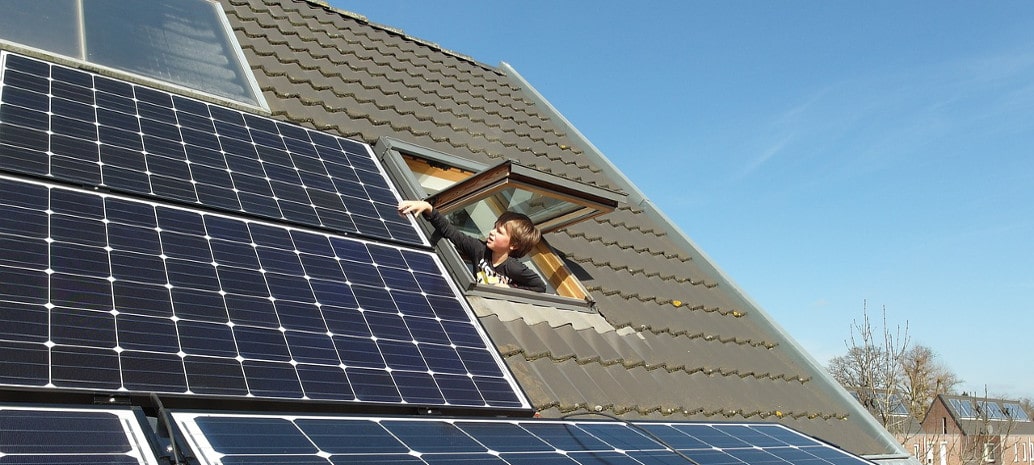Buildings in the United States create a bit more than a third of all CO2, and residential buildings specifically are just less than a third of that subtotal, driving roughly 1/9th of total US emissions.
California, via its 2019 Building Energy Code, is trying to make that 1/9th of US emissions disappear through intelligent implementation of currently available technologies – solar films on glass, smartly sized and efficiently designed hot water tanks and air conditioners, lighting, solar power and energy storage. The California Energy Commission (CEC) is expected to approve a vote on the document on Tuesday.
The aim by the Golden State is a frontal attack on the main drivers of energy usage in a home, and California has a track record of delivering. It also seeks to make use of the homes as valuable pieces of a smarter, broader power grid in the future.
The technical requirements for a PV system are laid out mostly in the most recent edit of Qualification Requirements for Photovoltaic Systems.
The text that specifically references the photovoltaic requirement is written as:
All low-rise residential buildings shall have a photovoltaic (PV) system meeting the minimum qualification requirements as specified in Joint Appendix JA11, with annual electrical output equal to or greater than the dwelling’s annual electrical usage as determined by Equation 150.1-C
With the equation being:
kWPV = (CFA x A)/1000 +(NDwell x B)
The variables are –
- kWPV = kWdc size of the PV system
- CFA = Conditioned floor area
- NDwell = Number of dwelling units
- A = Adjustment factor from Table 150.1-C
- B = Dwelling adjustment factor from Table 150.1-C
The base of the equation (CFA) has to do with how much square footage is being air conditioned, with that variable being affected by “A” – which is an adjustment based upon how whether your air conditioner is 75% or more solar-powered itself. You could start out by calculating that one square foot of conditioned space requires roughly one one watt of solar power.
The 2019 efficiency requirements also include battery storage requirements. The main note being that the system must be a minimum 5 kWh – but much more profound is that there is a requirement that these battery systems can be used by the utility if the private home’s current energy needs are met.
Looking at these changes in total, the State of California is building a power grid where every single home will become a generating, load- and frequency-balancing, mini-power plant.
For those homes where rooftop solar is impractical, participation in community solar and storage projects – designed and constructed at the same time as home construction – meets the code requirements.
A CEC report, Grid Integration of Zero Net Energy Communities, shows the thinking behind the code changes. As part of California’s self-imposed legal requirement to reduce CO2 emissions by 80% by 2050 (based on 1990 levels), the state has declared that all new residential structures should be ‘Zero Net Zero’ by 2020. This requirement is extended to government building by 2025 and commercial structures by 2030.
This content is protected by copyright and may not be reused. If you want to cooperate with us and would like to reuse some of our content, please contact: editors@pv-magazine.com.








By submitting this form you agree to pv magazine using your data for the purposes of publishing your comment.
Your personal data will only be disclosed or otherwise transmitted to third parties for the purposes of spam filtering or if this is necessary for technical maintenance of the website. Any other transfer to third parties will not take place unless this is justified on the basis of applicable data protection regulations or if pv magazine is legally obliged to do so.
You may revoke this consent at any time with effect for the future, in which case your personal data will be deleted immediately. Otherwise, your data will be deleted if pv magazine has processed your request or the purpose of data storage is fulfilled.
Further information on data privacy can be found in our Data Protection Policy.